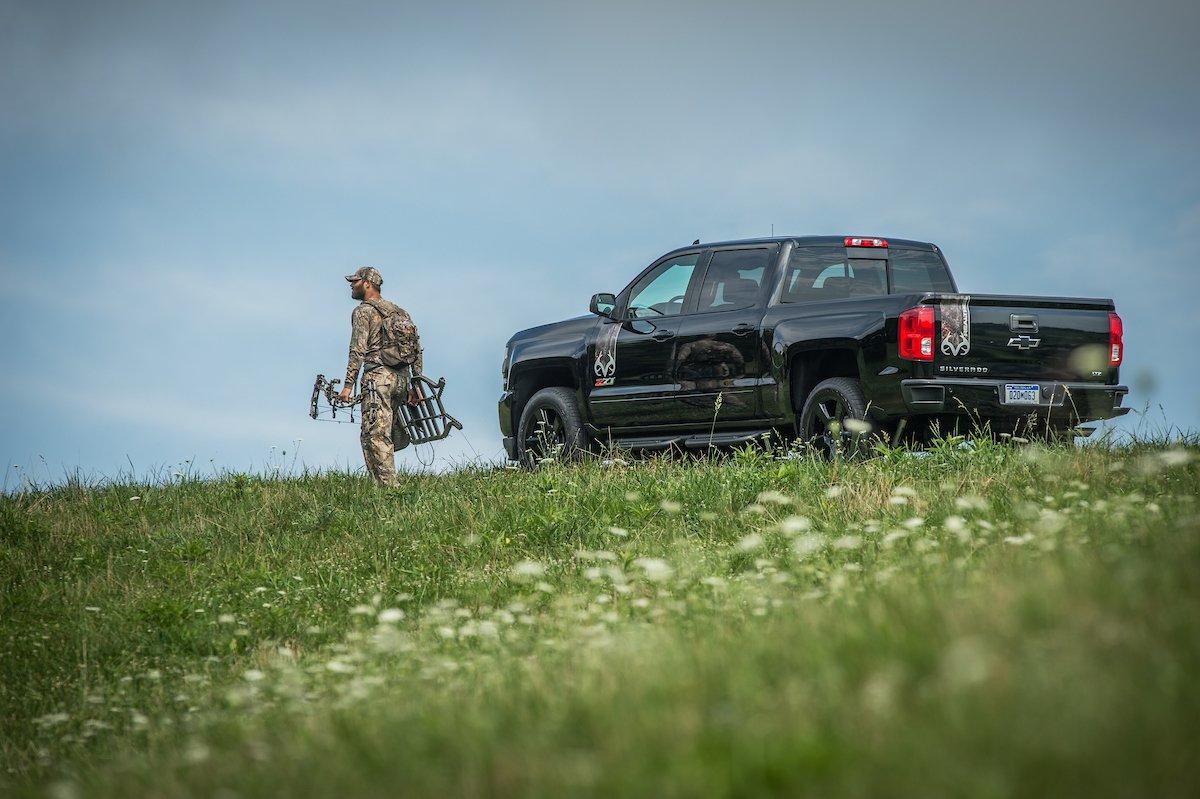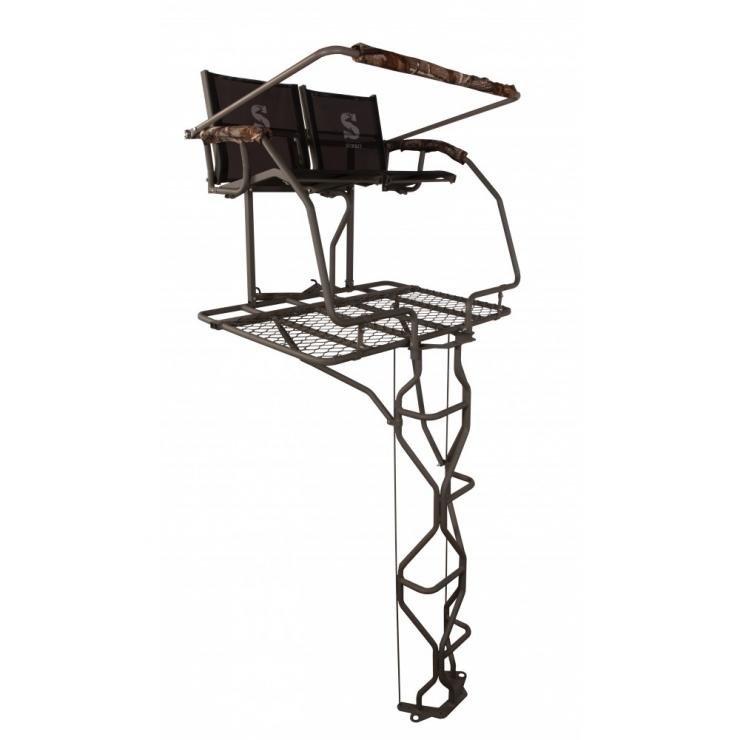What Do You Plant to Benefit Wildlife?
Grasses and clovers are good plants to use in your wildlife openings and are especially important to wild turkeys. They offer excellent foraging and brood habitat for adult wild turkeys and turkey poults. These plants produce a large amount of seeds, which benefit mature birds, and attract hordes of insects, the essential element of a young turkey's diet. Additionally, grasses and clovers help control erosion when planted on roads, logging decks and fallow fields.
According to NWTF wildlife biologists, there are two main groups of grasses and clovers: warm-season, which are planted in the spring, and cool-season, which are planted in the fall. Species in the warm-season group include bahia grass, Bermuda grass, orchard grass, Timothy and alyce clover. The cool-season plants include Kentucky bluegrass, Canada wild rye, rye grass, and most clovers.
The Benefits of Clover
Gear Review: Summit Treestands Vine Double Ladder Stand with Realtree Camo
Clovers are legumes, which take nitrogen from the air and incorporate it into the soil. Legumes can convert up to 275 pounds of nitrogen per acre per year from the air and put it in the soil, which speeds up plant growth. If legumes have been absent from the field you are planting for several years, inoculating the seeds before planting them will speed up their nitrogen-fixing ability. Inoculants provide the legume seeds with nitrogen-fixing bacteria that attach to the legume roots and form nodules on the roots, where nitrogen conversion takes place. Inoculants are plant specific; make sure the inoculant is labeled specifically for the legume you are planting.
Clover can be purchased preinoculated or inoculant can be purchased separately and applied by hand. If you apply the inoculant, follow the directions carefully to ensure the seed is properly coated. Inoculated seeds should always be used to ensure good germination and produce a good yield of clovers.
Fertilizer Basics
To determine the proper amount of lime to add to the soil, follow these basic steps:
- Test the soil before you plant (Clovers and grasses need the proper pH so they can take up nutrients from the soil.)
- Make sure the lime is mixed into the soil to ensure proper pH levels. (If your pH levels are not right, it will slow plant growth and waste your time and money.)
- Contact your local county agricultural extension office to get a soil testing kit and find out where to send your soil sample.
With little maintenance, grasses and clovers planted together will provide several years' worth of high quality habitat for wild turkeys and other wildlife. To establish a mixture, you can plant the seeds at the same time or drill the clover seed into an existing grass stand. Clovers are commonly planted with Kentucky bluegrass, Bermuda grass, bahia grass, orchard grass, Timothy, wheat and oats. Mixing cool and warm season plants will create a more diverse habitat for wildlife and produce a year-round food source.
Choose the Right Location
Choosing the right location is very important. Knowing where to plant is just as important as when and how to do so.
"Preparing your seedbeds for grasses and clovers is not difficult, but requires careful planning. You will want to select sites that have fairly moist soils, not dry areas such as sandy hilltops," said Bryan Burhans of the NWTF. "You also want to avoid swampy areas where you can't use a tractor to work the ground."
Planting Tips
When preparing a seedbed, consider the size of the seed. Seedbeds for small-seeded plants, such as clovers, need to be smooth and clod free to provide good seed-to-soil contact. It's best to plow and then disk a couple of times at three- to four-week intervals to help reduce competition from weeds. Better yet, plant the area with an annual grain crop of milo or soybeans the year prior to seeding to shade out the weeds.
- Use a broadcast spreader or drill to spread the seeds evenly.
- Plant according to the recommendations for each type of seed. Most seed depths range from one-eighth to one-quarter inch.
- After seeding with a broadcast spreader, compact the soil with a drum, corrugated roller, harrow or drag to increase seed-to-soil contact. If you use a drill, packing the soil is not necessary.
Editor's Note: This was originally published January 15, 2009.
Are you a hunter wanting to learn how to accomplish your goals? Check out our stories, videos and hard-hitting how-to's on land management.








